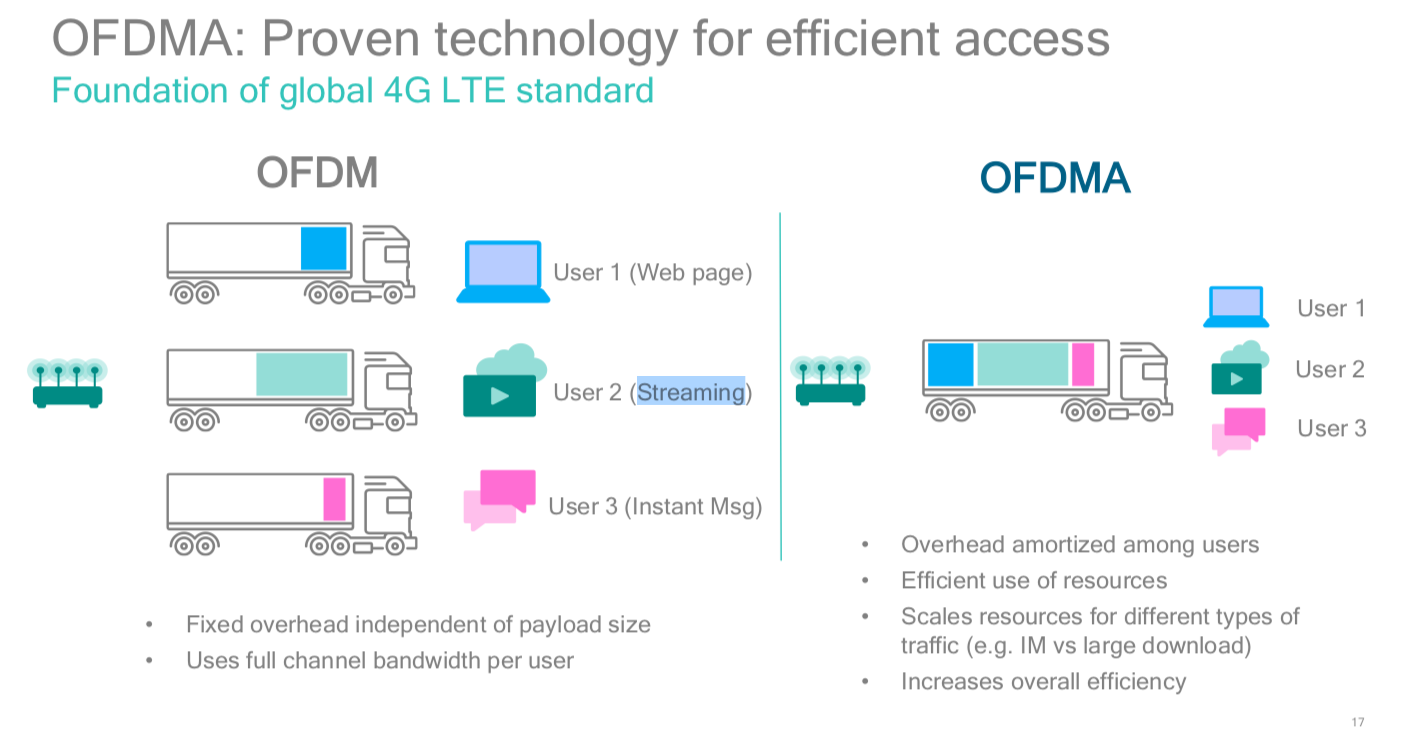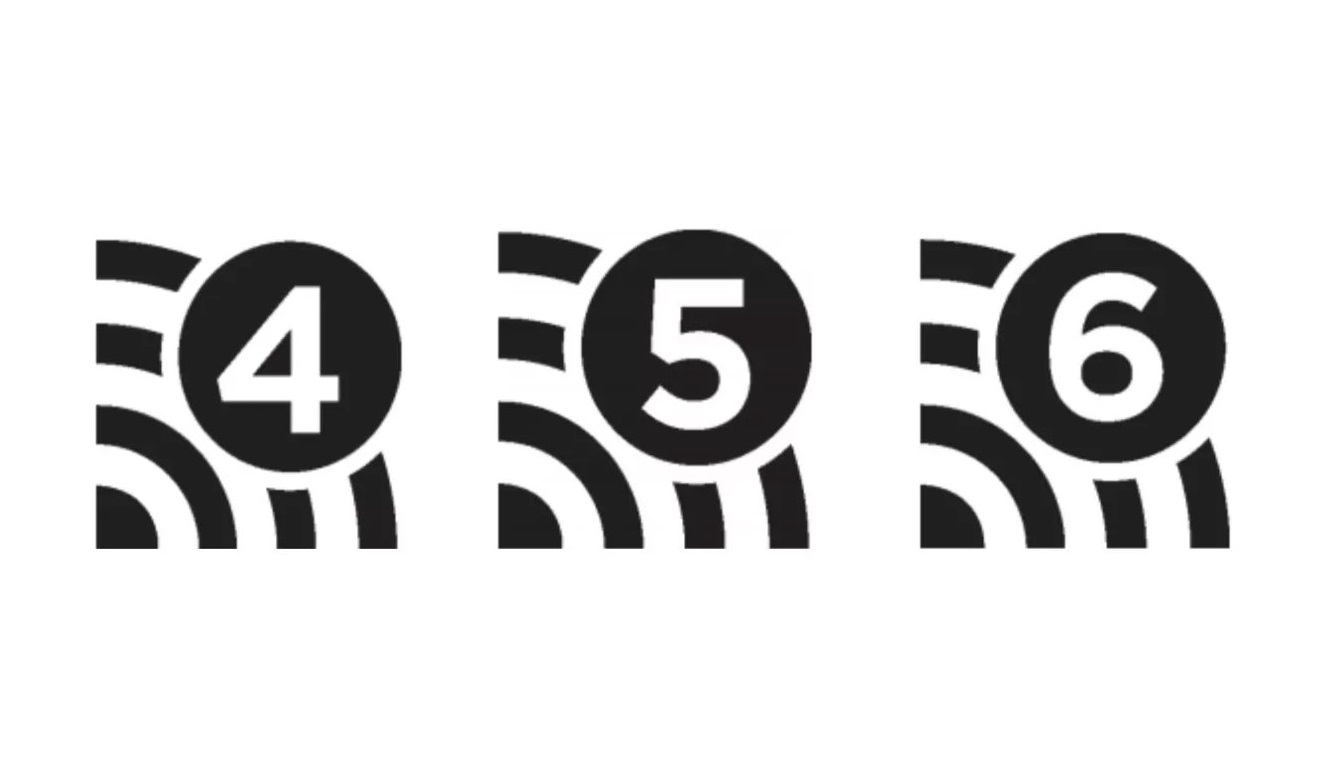Everyone is depending on data and Wi-Fi now, and no one will complain when it comes to having higher Internet speeds. From taking hours to download an item, we have reached an era where we can download multiple items in less than an hour. The latest Wi-Fi by Wi-Fi Alliance is now named as Wi-Fi 6.
Firstly, the biggest change would be the rebranding of the Wi-Fi name. Wi-Fi names used to go by the 802.11 standard such as 802.11 ac, 802.11n and 802.11ax. Now, it has been changed to simple numbers like Wi-Fi 4, Wi-Fi 5 and Wi-Fi 6. The numbers should appear in the Wi-Fi logo in the future, which will enable users to tell which is newer and faster.
Basically, Wi-Fi 6 is an upgraded version in terms of speed, capacity and battery consumption. When it comes to speed, Wi-Fi 6 will have higher throughput and lower latency. Throughput and latency can each be described as results produced per unit of time and time to produce results.

Img source : Qualcomm
One of the feature of Wi-Fi 6 is Orthogonal Frequency Division Multiple Access (OFDMA), which can overcome the problem of Wi-Fi usage in crowded places. Users often get slow connections when connecting to public Wi-Fi with many people and sometimes even fail to get connections, and OFDMA can improve the situation by splitting the radio signal into multiple sub-signals and transmit signals simultaneously at different frequencies to receiver. Wi-Fi 6 also brought in the incorporation of 1024-QAM and improved the Multiple In/Multiple Out (MIMO). There is also a feature made for battery conservation known as “target wake time”.
This means that the Wi-Fi 6 will have faster data transfer speed, and can squeeze more bandwidth out of the 2.4GHz and 5GHz, as it was able to go up to 11Gbps in trade show demos, which is significantly faster compared to Wi-Fi 4’s maximum speed of 600Mbps in 2009. The OFDMA is designed to increase the efficiency and lowers the latency of data transfers, in addition to minimising “crosstalk”, the disruption of one channel caused by transmission of signal on another channel. The 1024-QAM enables peak Gbps for intensive usage of Internet, and the 8×8 multi-user MIMO results in higher Internet speeds per user, as the access point and devices can communicate simultaneously, unlike Wi-Fi 5 whereby devices could not respond simultaneously to the access point.
Despite the upgrades in the latest software, devices will not use up more battery than before, as the “target wake time” can wake the Wi-Fi for transmission and put it to sleep mode when there are no transmissions. A representative from Ruckus Network also called Wi-Fi 6 a “deterministic Wi-Fi” as it will be able to differentiate between users, providing Wi-Fi to only devices that want to connect and ignoring those with no intentions of connecting.
Of course, you’d need to have devices and routers that are compatible with Wi-Fi 6 for it to work, but that doesn’t mean that you cannot connect to networks that are using Wi-Fi 6. Wi-Fi 6 is backwards compatible, so there’s no need to worry about using Wi-Fi on your devices.

